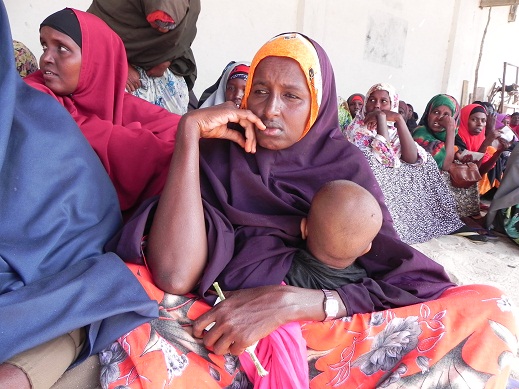2011 East Africa Drought

Said to be the worst in 60 years, the drought caused a severe food crisis across Somalia, Djibouti, Ethiopia and Kenya that threatened the livelihood of 13 million people. Many refugees from southern Somalia fled to neighboring Kenya and Ethiopia, where crowded, unsanitary conditions together with severe malnutrition led to a large number of deaths. Other countries in East Africa, including Sudan, South Sudan and parts of Uganda, were also affected by a food crisis.
According to FAO-Somalia, the food crisis in Somalia primarily affected farmers in the south rather than the northern pastoralists. On 20 July, the United Nations officially declared famine in two regions in the southern part of the country, the first time a famine had been declared in the region by the UN in nearly thirty years. Tens of thousands of people are believed to have died in southern Somalia before famine was declared.
Weather conditions over the Pacific, including an unusually strong La Niña, have interrupted seasonal rains for two consecutive seasons. The rains failed in 2011 in Kenya and Ethiopia, and for the previous two years in Somalia. The lack of rain led to crop failure and widespread loss of livestock, as high as 40% – 60% in some areas, which decreased milk production as well as exacerbating a poor harvest. As a result, cereal prices rose to record levels while livestock prices and wages fell, reducing purchasing power across the region. Rains were also not expected to return until September of the year.